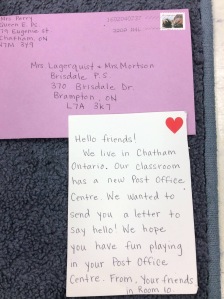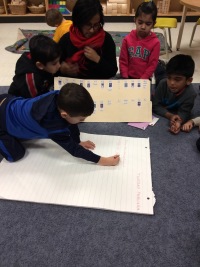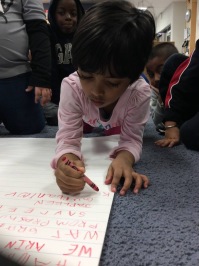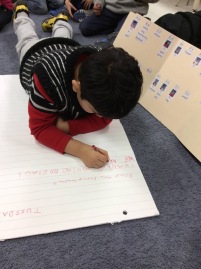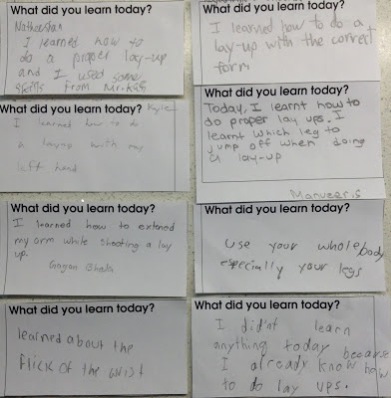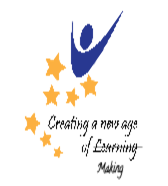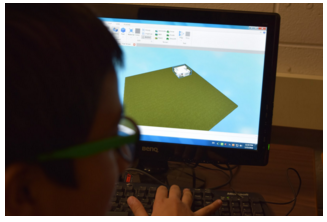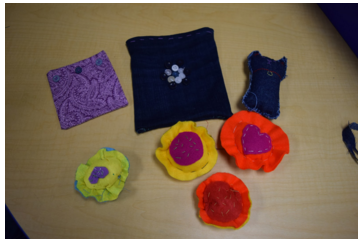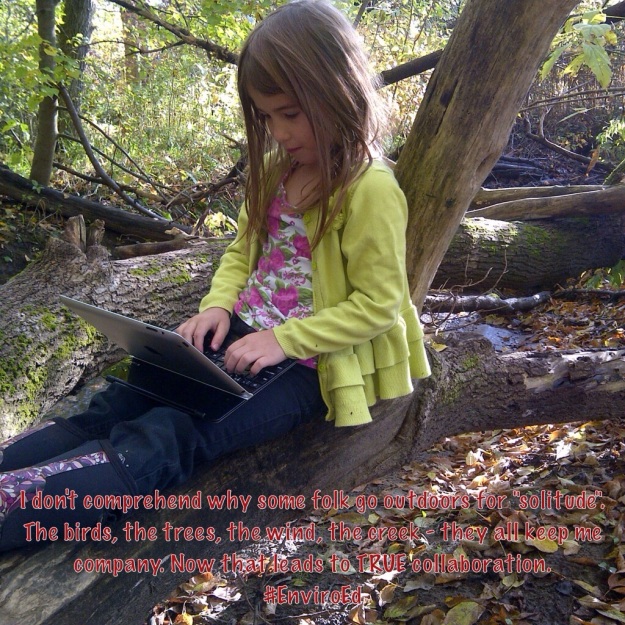Pam Taylor, Grade ½ teacher at Aylesbury P.S., Brampton
The Messiness of Inquiry Based Learning
The journey into Inquiry based learning, or IBL is never easy. There is a proverbial “leap of faith” when you let go of traditional teaching, and IBL doesn’t happen overnight. There is a lot of learning (for both teacher and students) and a lot of trust and modeling for everyone involved.
I taught for 3 years in Full Day Kindergarten where play based learning is what we strive to implement each and every day. When I moved to a primary split, I thought, “I’ll just do what I did in K.” Well, it backfired. “Inquiry time” became “play time”, which became “seek and destroy manipulatives and wreak havoc on the teacher” time. So, we scaled back. I took some cues from some professional reading, and we focused our energy a little differently. There was more focused reading, more focused writing, and our inquiry topics were based on our Social Studies and Science curriculums. Over time, we have gradually moved to more of an inquiry based learning classroom where the students are learning more about their own topics of interest. Is it perfect? Not in any way, shape or form. Are my students learning? You bet they are. Are they better for it? I can’t answer that.
I know that they are better questioners and seek out information with more purpose. I know that they are collaborators who are willing to learn from each other and ask questions of each other. I know that they are kind to each other and that they work hard each day. So I have learned to trust in the messiness of IBL. And that’s what I have learned today.
